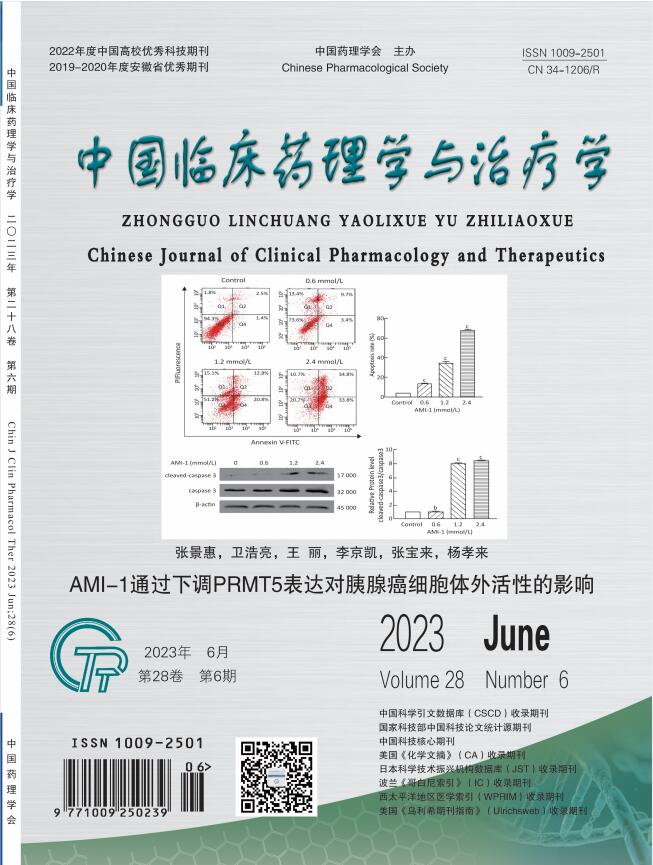AIM: To explore the effect and mechanism of lung cancer cell exosomes on angiogenesis. METHODS: The exosomes secreted by human lung epithelial cells HFL-1 and human lung cancer cells A549, H522, and H460 cells were extracted and denoted as HFL-1 exo, A549 exo, H522 exo, and H460 exo. Above exosomes and a volume of PBS buffer were incubated with HUVEC cells of vascular endothelial cells, which were denoted as HFL-1 exo group, A549 exo group, H522 exo group, H460 exo group, and PBS group, the PBS group was used as the control group. HUVECs were transfected with PTEN siRNA and Negative control, denoted as si-PTEN group and si-NC group. Extract exosomes secreted by A549 cells transfected with miR-NC, miR-718 mimic, miR-718 inhibitor, and denote them as A549/miR-NC exo, A549/miR-718 mimic exo, A549/ miR-718 inhibitor exo, the above exosomes were incubated with HUVEC cells, and they were marked as A549/miR-NC exo group, A549/miR-718 mimic exo group, A549/miR-718 inhibitor exo group. After incubated with A549/miR-718 mimic exo group, the PTEN overexpression plasmid was transfected into HUVECs, and recorded as the A549/miR-718 mimic exo+PTEN group. Real-time fluorescent quantitative polymerase chain reaction (qRT-PCR) was used to detect the expression of miR-718 in each group of cells and exosomes, Transwell chamber method and tubule formation experiment were used to detect the migration ability and tubule formation of each group of cells. Western blot was used to detect the expression of PTEN protein. The LSD-t test was used to compare the two groups, and P<0.05 indicated that the difference was statistically significant. RESULTS: The HFL-1 exo, A549 exo, H522 exo, and H460 exo extracted in this paper are in line with the structural characteristics of exosomes. Compared with the PBS group, the number of HUVEC cell migration in the A549 exo, H522 exo, and H460 exo groups and the number of tubule formation were significantly increased (P<0.05). Compared with HFL-1 cells, the expression levels of miR-718 in A549, H522, and H460 cells were significantly higher (P<0.05). Compared with HFL-1 exo, the expression levels of miR-718 in A549 exo, H522 exo, and H460 exo were significantly increased (P<0.05), and miR-718 could target and regulate the expression of PTEN. Compared with the si-NC group, the HUVEC cell tubule formation in the si-PTEN group and the number of cell migration were significantly increased (P<0.05). Compared with the A549/miR-NC exo group, the cell migration ability and the numbers of tubule formation in A549/miR-718 mimic exo group were significantly increased (P<0.05), while those were decreased in the A549/miR-718 inhibitor exo group. Compared with A549/miR-NC exo group, the cell migration ability and the number of tubule formation were significantly higher in A549/miR-718 mimic exo+PTEN group (P<0.05). CONCLUSION: Lung cancer cell exosomal miR-718 could promote angiogenesis by targeting to inhibit the expression of PTEN.


